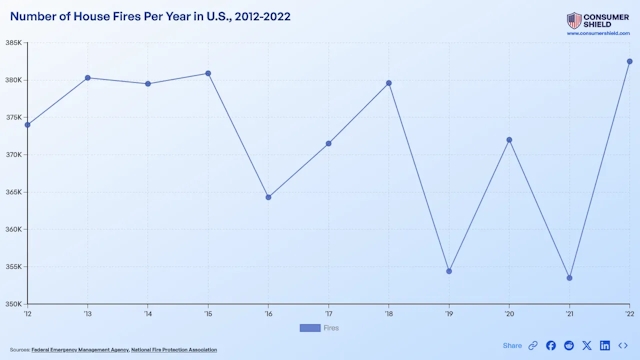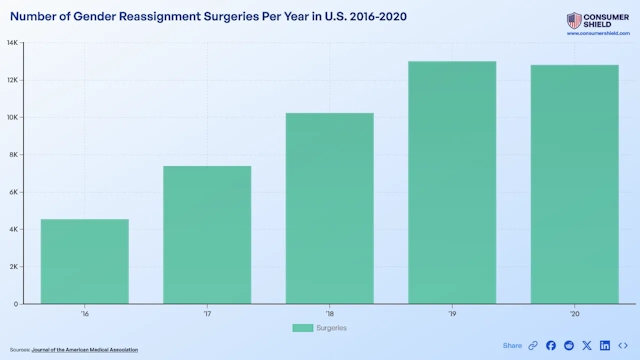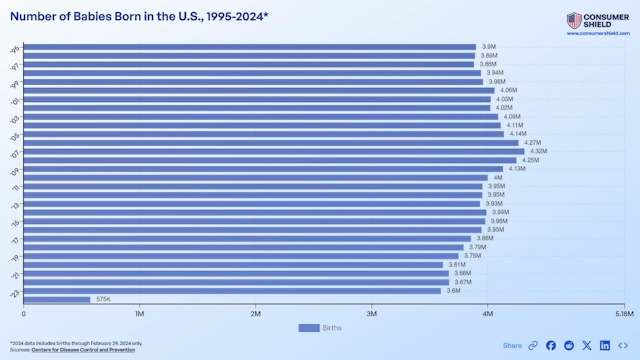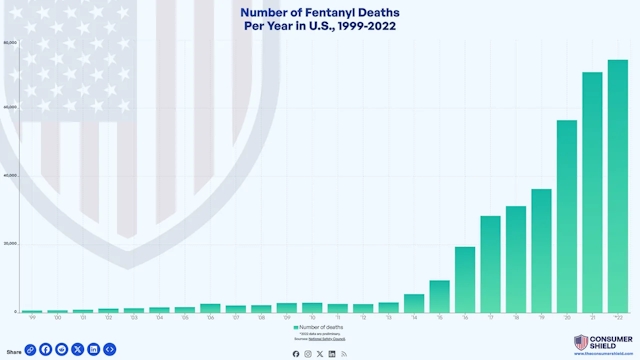Impact on US Health: The Persistent Challenge of Cancer
Cancer consistently ranks as a leading cause of death in the United States, posing a significant challenge to public health. This article examines the trends in cancer mortality from 1999 to 2020, offering a comprehensive analysis of the disease's impact over more than three decades.
Cancer Deaths Per Year: A Historical Perspective
From 1999 to 2020, the data on cancer-related deaths shows a gradual increase, with numbers rising from 549,829 to 602,347. This upward trend illustrates the growing impact of cancer over these two decades. Initially, the increments were modest, but a more noticeable rise occurs after 2010, indicating a persistent challenge in combating cancer.
Cancer Death Rate Each Year by Gender
Despite an increase in the total number of cancer deaths annually from 1999 to 2020, there has been a consistent decline in cancer mortality rates for males, females, and the total population, adjusted per 100,000 individuals. Starting at higher rates for males (252.8) compared to females (167.2) in 1999, both genders saw a gradual decrease, culminating in 2020 with rates of 170.3 for males and 124.1 for females. This trend underscores significant progress in cancer prevention, detection, and treatment efforts, contributing to an overall reduction in cancer mortality across the United States.
Decadal Comparison: Shifting Trends in Cancer Mortality
A closer examination of the data reveals a significant shift in the overall cancer death rate across two decades: 2000-2010 and 2010-2020. In the early 2000s, the combined cancer death rate stood at approximately 196 per 100,000. This period saw ongoing advancements in cancer research and the introduction of new treatments. By the 2010s, the rate had declined to around 183 per 100,000, indicating progress in cancer management through enhanced medical treatments, effective screening programs, and public health initiatives. This comparison not only highlights the reduction in cancer mortality but also emphasizes the evolving nature of cancer care and the ongoing efforts to combat this disease.
Cancer Death Rate: Understanding the Decline
The decline in the cancer death rate over the past 33 years is attributable to several key developments in healthcare. Innovations in medical treatments, such as targeted therapies and immunotherapies, have significantly improved patient survival rates. Advances in early detection, including sophisticated screening techniques, have facilitated earlier and more treatable cancer diagnoses. Moreover, increased public awareness about cancer risks and prevention has led to lifestyle changes, contributing to a lower incidence of cancer. This section delves into these factors, highlighting the milestones in cancer research and treatment that have contributed to the downward trend in the cancer death rate.
Conclusion: Reflecting on Progress and the Path Ahead
The analysis of cancer mortality data from 1999 to 2020 provides valuable insights into the strides made in combating cancer in the US. The overall decrease in the cancer death rate underscores the advancements in cancer care and prevention, emphasizing the need for continued efforts in this critical field.
Disclaimer: This article provides an analysis of cancer mortality trends in the US from 1999 to 2020 for informational purposes only. It is not medical advice. Data interpretations may not apply universally. For personal health concerns, consult a healthcare professional.






